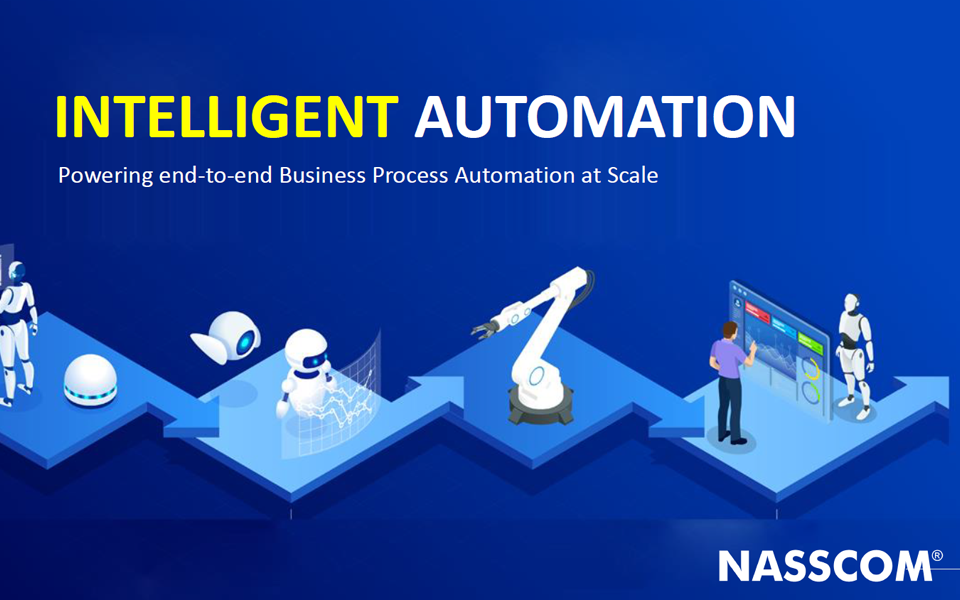In the new landscape shaped by the pandemic, smaller enterprises are compelled to rethink their operational strategies. With a surge of unstructured data, these businesses must adopt intelligent solutions that go beyond mere automation. Implementing AI-powered automation can seem daunting, but this step-by-step guide will help non-technical operations managers design, deploy, and monitor an effective system tailored to their needs.
Before diving in, it’s essential to grasp some prerequisites. Start with a clear understanding of your business objectives. Identify specific areas where automation could improve efficiencies or enhance customer experiences. Next, evaluate your existing data sources. Whether it’s customer interactions, sales data, or internal processes, ensure you have access to a variety of data. Formalizing a partnership with an AI vendor can help you leverage existing tools and reduce complexity.
Following the prerequisites, you can move on to the configuration steps. Select an AI platform designed for small and mid-size businesses. The platform should have user-friendly interfaces and support for features like predictive analytics or natural language processing. Once that’s in place, import your data into the system. This process may require data cleaning to ensure quality inputs. When your data is ready, proceed to design workflows that implement AI-driven automation. For instance, you might create a customer service bot that can answer frequently asked questions, analyze customer inquiries, and improve over time.
Testing is a critical phase in any deployment. Create a test scenario where you simulate customer interactions with the automation tool. Use example inputs, such as common customer queries or feedback forms, and assess how the tool responds. Check for accuracy, response time, and the relevance of the answers provided. A successful test should yield a response that meets customer satisfaction benchmarks. Gather feedback from employees who interact with the automated system; their insights can facilitate necessary adjustments.
Once you initiate the AI-powered automation, a robust monitoring system is essential for long-term success. Regularly analyze performance metrics such as response times, customer satisfaction scores, and system uptime. Most AI platforms provide dashboards that display this information in real-time, making it easy to make informed decisions. Set thresholds for alerts; for instance, if customer satisfaction dips below a certain score, it should trigger an investigation into potential issues.
Addressing error handling early on can prevent costly disruptions. Establish a feedback loop that allows the AI system to learn from mistakes. If a customer query goes unanswered or results in an inappropriate response, make sure there is a manual fallback mechanism—like routing the query to a human representative. Document these instances to improve future responses, reducing the likelihood of recurrence.
Cost control is also vital in deploying AI solutions. Start with a trial or limited deployment to quantify the investment needed while monitoring the return on investment (ROI). This could include assessing time saved in customer interactions or improved sales conversion rates. As you move forward, compare projected costs against these actual gains to ensure the project remains financially viable.
Security components are critical in protecting sensitive data. Adhere to industry standards for data encryption and access controls within AI systems. Regular security audits and compliance checks should be part of your operational protocol. The handling of personally identifiable information (PII) must be transparent to customers, ensuring compliance with regulations such as GDPR or CCPA.
Data retention policies are essential for maintaining compliance and operational efficiency. Define how long you will store customer data and ensure it is securely deleted when it is no longer needed. This retains customer trust while minimizing undue exposure to data breaches.
Privacy must be at the forefront of any automation implementation. Clearly communicate how customer data will be used, and ensure that consent is obtained before collecting information. Building transparent privacy practices can enhance your brand reputation and customer loyalty.
Another consideration is the risk of vendor lock-in. Choose platforms that support open standards and have export capabilities, allowing you to switch vendors or integrate with other tools when necessary. This flexibility helps mitigate risks associated with dependency on a single provider.
Finally, estimating ROI and ongoing maintenance involves looking at both qualitative and quantitative metrics. Frequent assessments of system performance, user engagement, and operational efficiencies should guide any necessary adjustments. A well-maintained system may require investment in ongoing training and updates but can lead to sustained profitability and improved customer satisfaction.
FlowMind AI Insight: The journey toward AI-powered automation doesn’t have to be overwhelming. By following clear, structured steps, small and mid-sized businesses can not only modernize their operations but also unlock new avenues for growth and efficiency. Through careful planning, testing, and monitoring, organizations can elevate their customer service and operational capabilities, turning data into actionable insights.
Original article: Read here
2025-09-20 11:10:00

